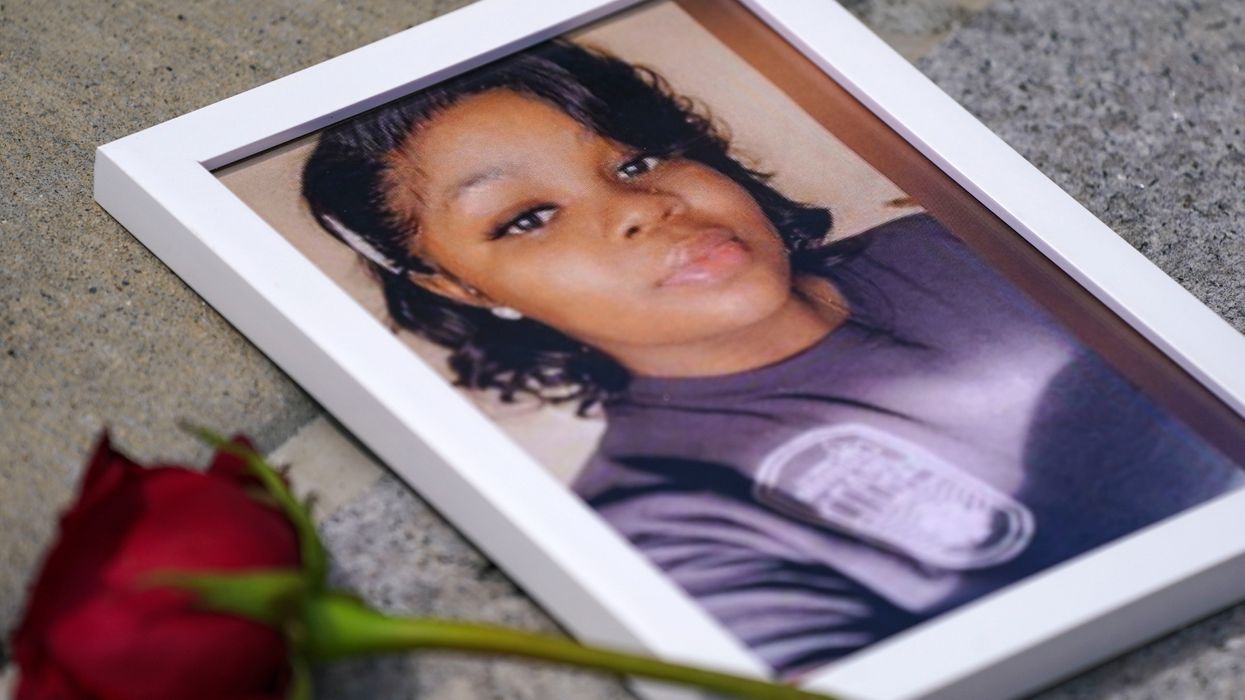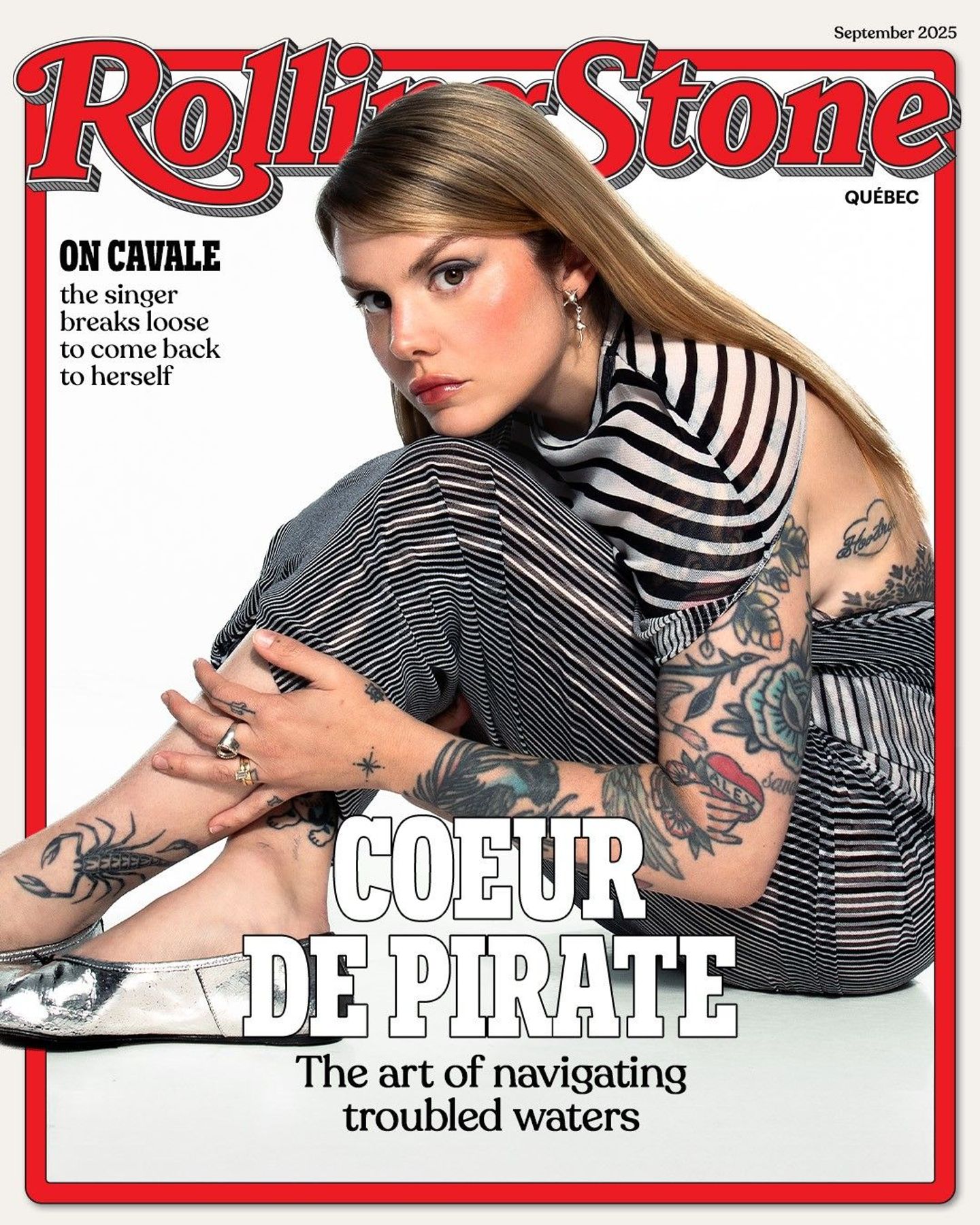“You think every story is your story,” Maddie Morganstern’s son Seth bitterly argues late in the Apple TV+ miniseries Lady in the Lake. This is a common accusation other characters level at Maddie (Natalie Portman), a Jewish woman in mid-Sixties Baltimore who has left Seth (Noah Jupe) and her husband Milton (Brett Gelman) to reinvent herself as a newspaper reporter. The series is narrated by Cleo Johnson (Moses Ingram), a Black woman who becomes the titular lady in the lake when her body is found thanks to Maddie’s reporting. Much of Cleo’s voiceover is aimed directly, with some scorn, at Maddie, as when she says, “You came into the end of my story, and turned it into your beginning.”
Maddie’s hunger to make herself into the protagonist of her life, even if it robs other people of that ability, is one of the core conflicts of Lady in the Lake, and thus an idea worth confronting often. But it’s hard to watch the show without thinking that other characters — Cleo most of all — should be more central.
The series, created and directed by Alma Har’el (Honey Boy), was adapted from Laura Lippmann’s excellent 2019 novel. Like the book, it toggles between the stories of the two women. Early on, there’s discussion of how the Jewish and Black communities, once crucial allies to one another in the struggle for civil rights, had begun moving apart by this point in history. Even a few years earlier, Maddie and Cleo might have attended the same political rallies and traded notes over having sons around the same age, or of having disappointing husbands. (Cleo is married to struggling comedian Slappy Johnson, played by Byron Bowers.) By this point, though, their only direct point of contact is when Maddie buys a dress that Cleo has just been modeling in one of her jobs working as a department store window model.
It is Thanksgiving, 1966, when Lady in the Lake begins. Maddie has long been unhappy in her marriage to Milton, but in ways she could never fully accept, let alone articulate. It takes the kidnapping of the daughter of her high school boyfriend Allan Durst (David Cornswet) to shock her out of her complacency and decide to start over from scratch. Cleo, meanwhile, dreams of working for a trailblazing Black female state senator, but she’s tainted by a lifelong association with local crime boss Shell Gordon (Wood Harris, back in The Wire country, but playing a very different sort of gangster). The women are both friendly with beat cop Ferdie Platt (Y’lan Noel) — and Maddie is eventually much more than just friendly with him — but their stories largely play out in parallel until the body is found in the lake, and Maddie realizes she can use Cleo as the foundation for the career she dreamed of when she was writing for the high school paper.
Moses Ingram has kept busy ever since her breakout role as Jolene in The Queen’s Gambit, and she’s outstanding here. Cleo is constantly flitting from job to job, alliance to alliance, crisis to crisis. She is a master of code switching, but the effort of it clearly exhausts her, especially because she knows how limited her options are thanks to her being Black, a woman, and someone who works for Shell Gordon. The Cleo-focused material in the miniseries’ first half is dynamite.

It’s Portman who’s the problem. She’s an enormous talent, capable of titanic performances like her Oscar-winning one from Black Swan. But there are times when she can seem a bit too studied, or mannered, and instead of seeing the character, you’re seeing Natalie Portman working very hard to play the character. This is unfortunately one of those instances. She goes all-in on a Baltimore accent — if Maddie is feeling hospitable, she’ll offer you a “glass of wooder” — but struggles to seem emotionally present in most scenes. It would be one thing if Portman and Har’el were doing this in the scenes where Maddie was still trying to be convincing as the dutiful Jewish housewife. But she comes across just as vague once Maddie moves into a cheap apartment in a Black neighborhood and starts hanging out with Ferdie and Judith Weinstein (Mikey Madison), her landlord’s pot-smoking daughter. There never seems to be a real Maddie, whether she’s going by Morganstern (her maiden name) or Schwartz (Milton’s last name). In the early episodes, the energy level drops precipitously whenever the action cuts from Cleo to Maddie. Once the body is discovered, and Cleo’s presence becomes largely limited to flashbacks and narration, Maddie’s elusiveness goes from disappointing to crippling.
Har’el does get that great performance out of Ingram, though. And she brings a distinct visual sense that’s often lacking from these kinds of prestige awards-bait miniseries. But Lady in the Lake at times gets too adventurous for its own good, with a penultimate episode packed with nightmares, fantasies, and even musical numbers that are all interesting to look at in isolation, but that come at the worst possible moment, slowing all the momentum of the intersecting plot lines.
The finale is able to focus more on the Cleo half of things, and to bring relatively satisfying resolution to everyone’s story. But even though all the other characters in Lady in the Lake are aware that Maddie is unnecessarily trying to suck all the oxygen out of the room, it doesn’t make those scenes more interesting to get through.
The first two episodes of Lady in the Lake begin streaming July 19 on Apple TV+, with additional episodes releasing weekly. I’ve seen all seven episodes.


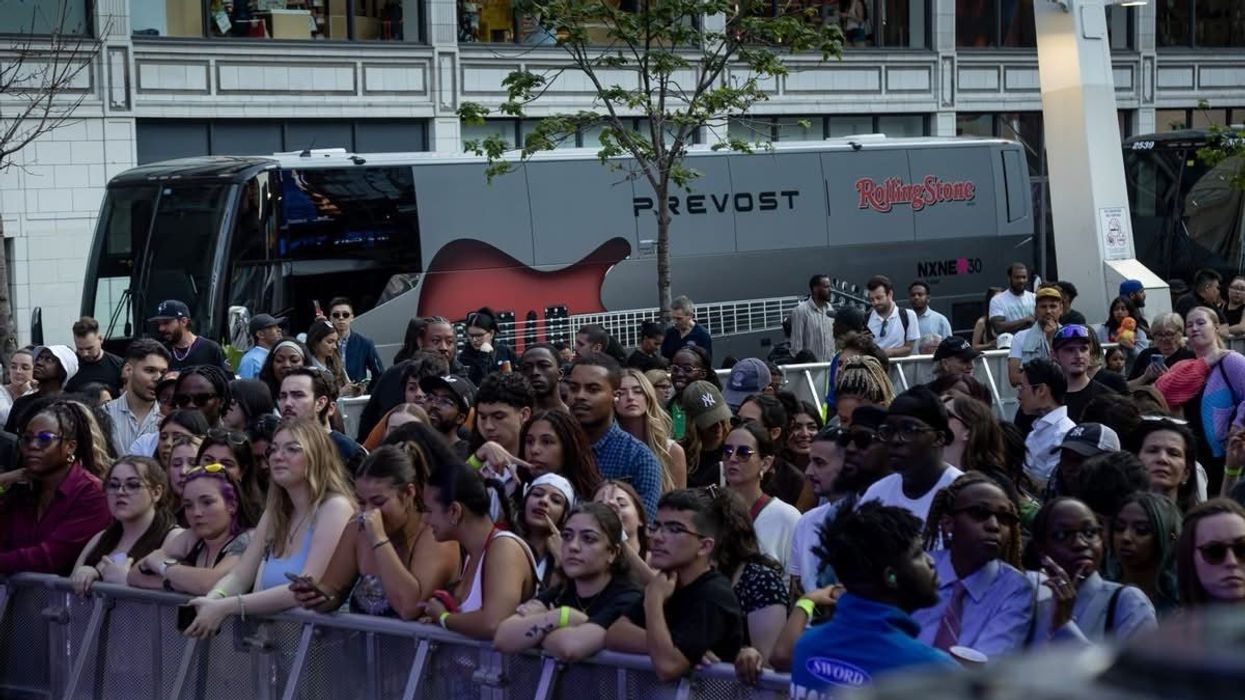

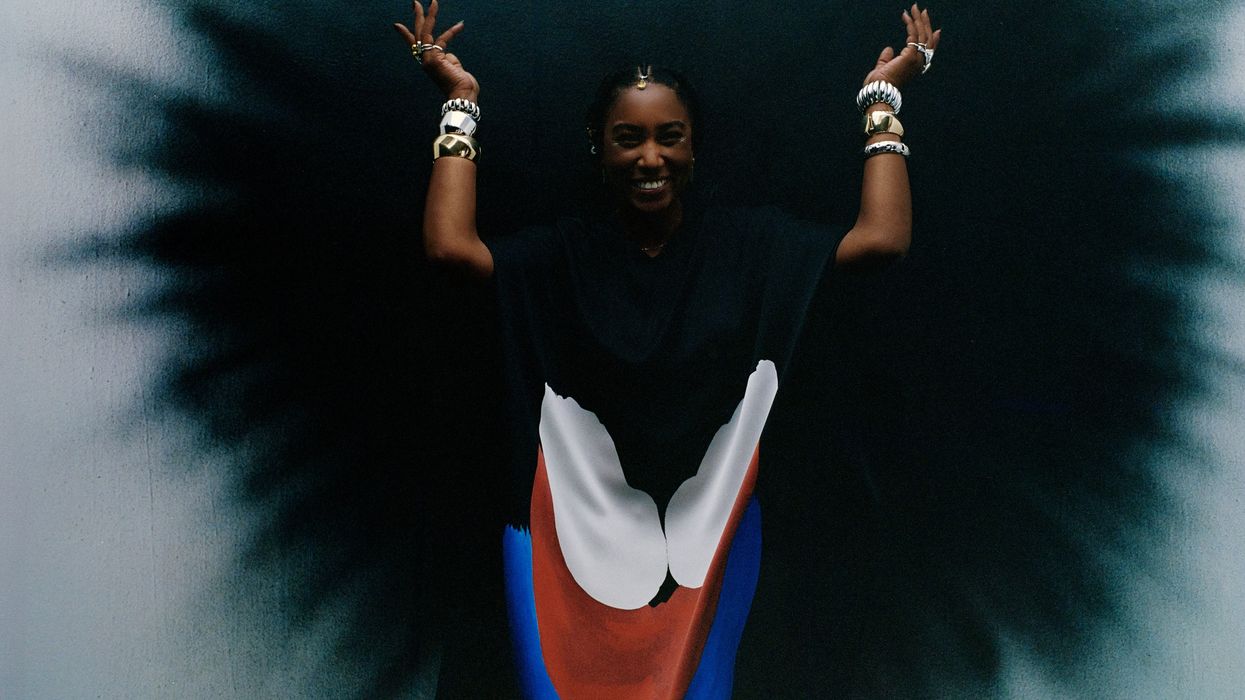

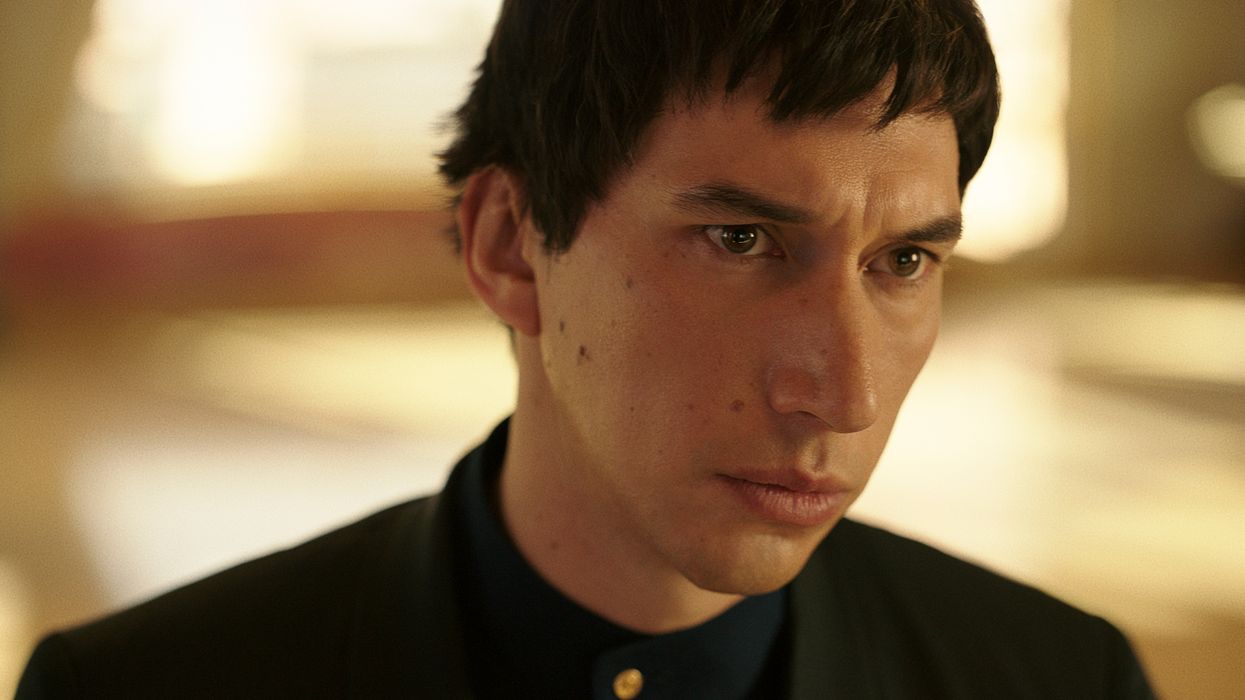
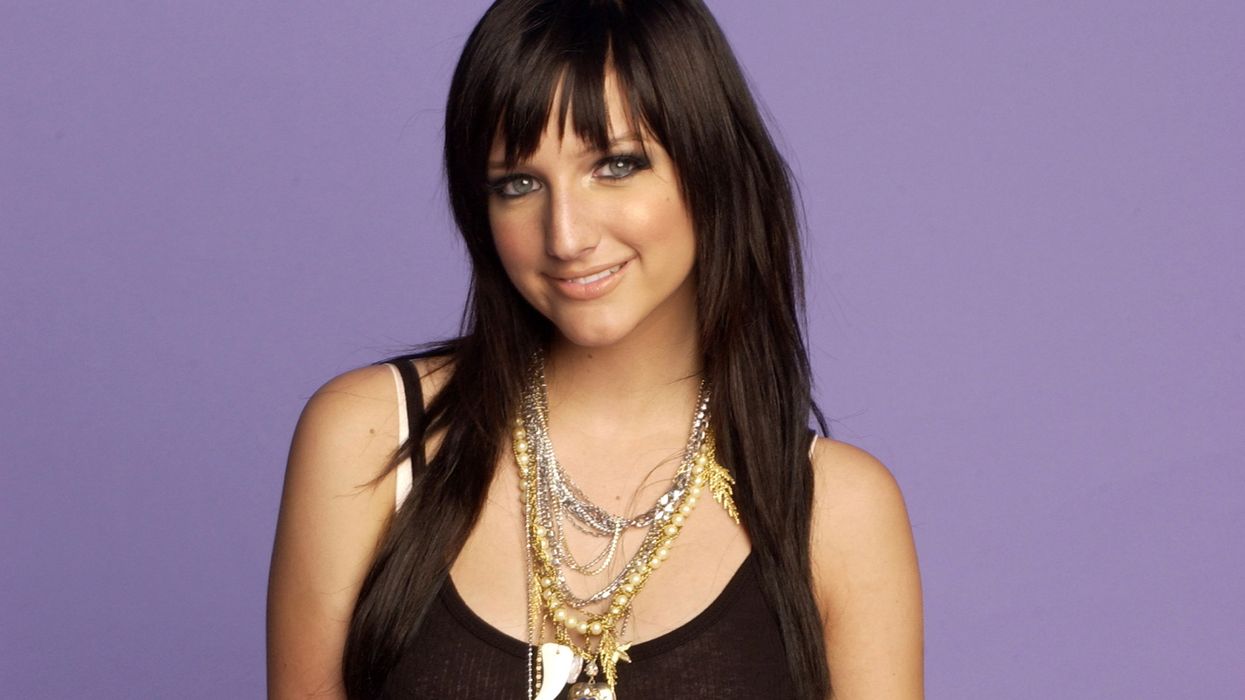

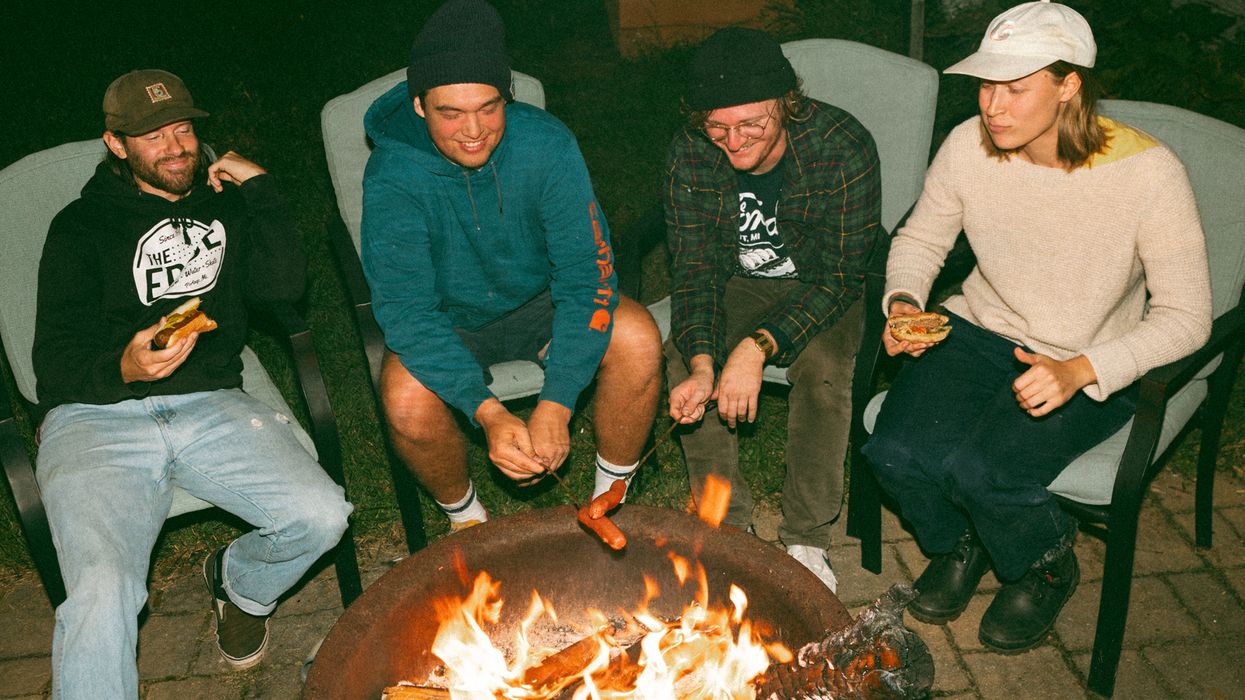

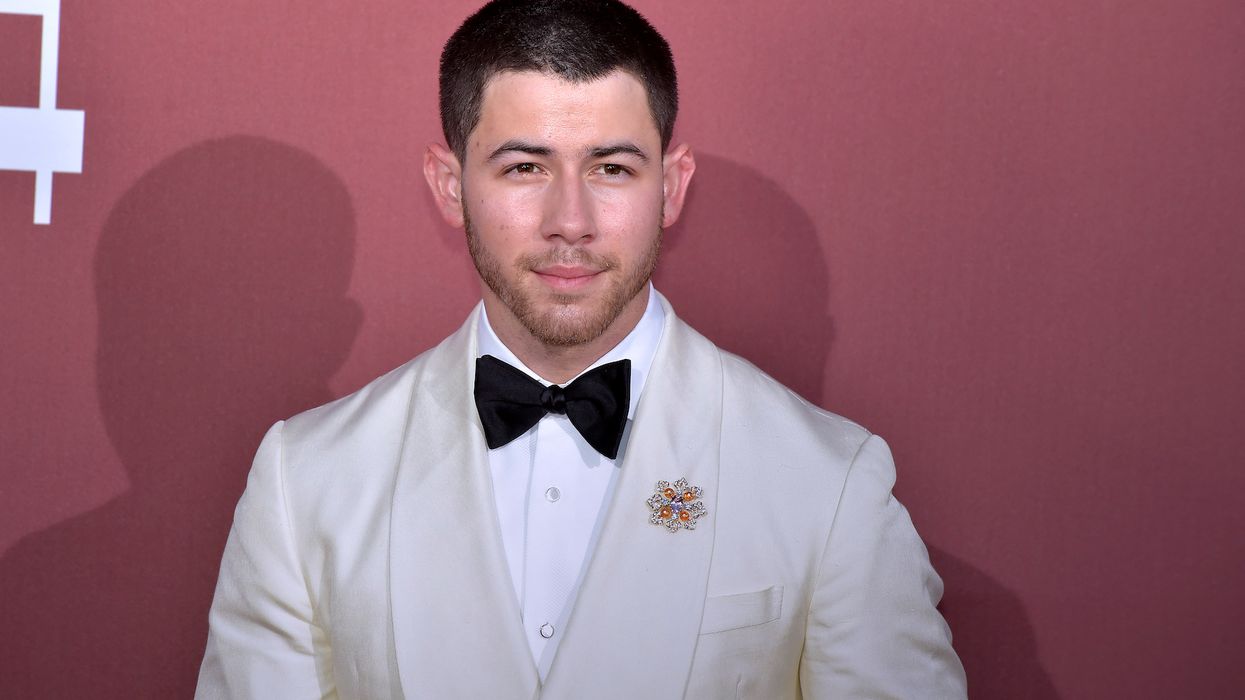
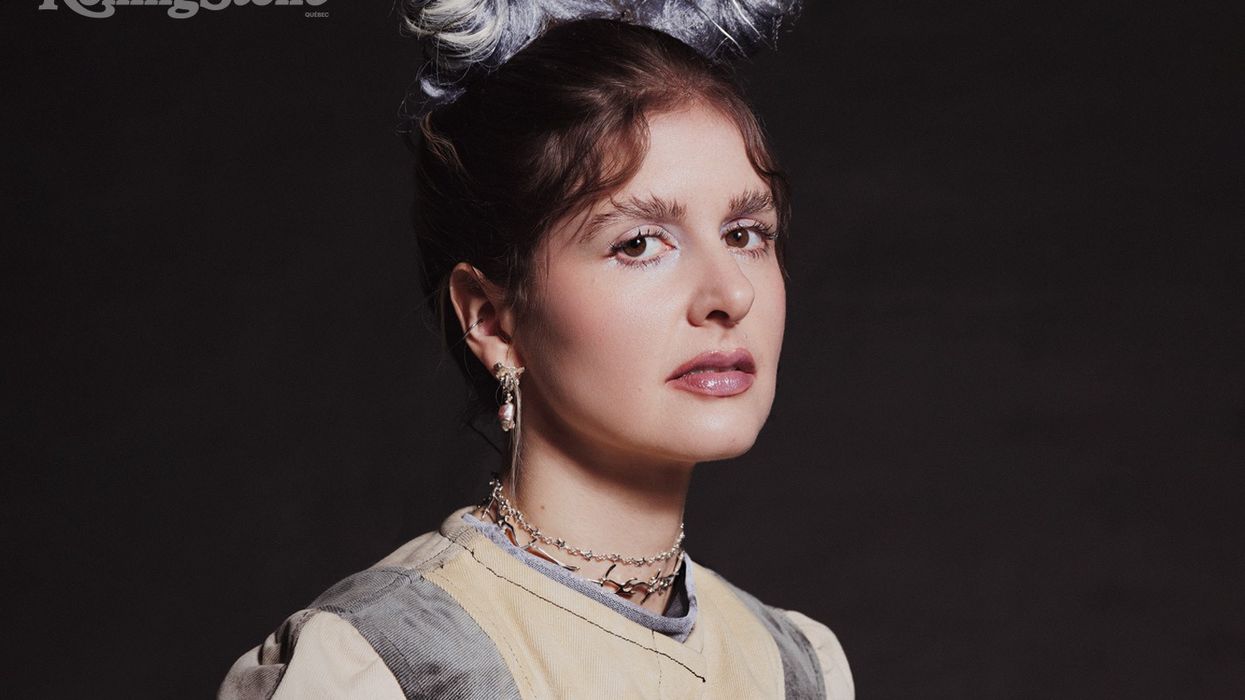
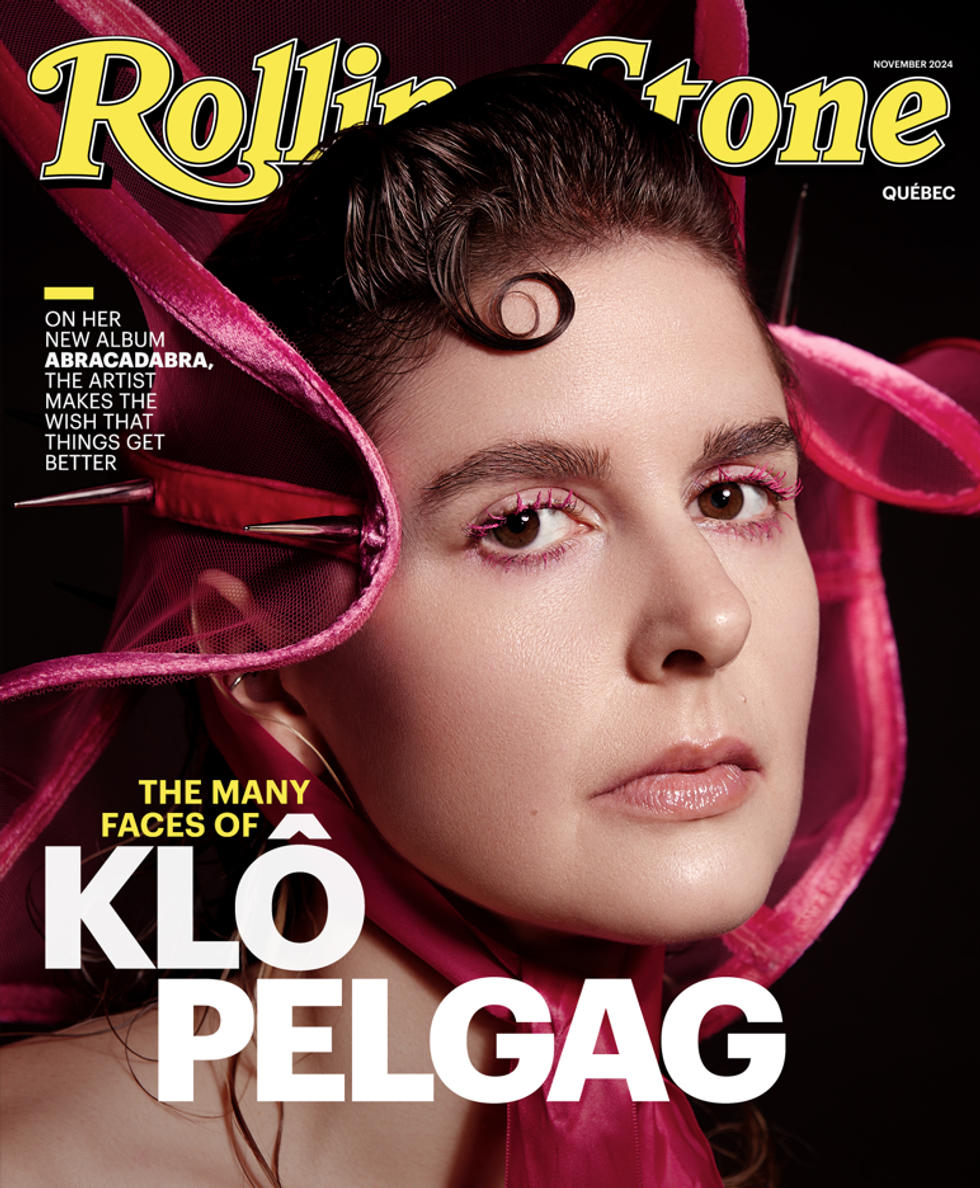 Photographer: Raphaëlle Sohier / Executive production: Elizabeth Crisante & Amanda Dorenberg / Design: Alex Filipas / Post-production: Bryan Egan/ Headpiece: Tristan Réhel
Photographer: Raphaëlle Sohier / Executive production: Elizabeth Crisante & Amanda Dorenberg / Design: Alex Filipas / Post-production: Bryan Egan/ Headpiece: Tristan Réhel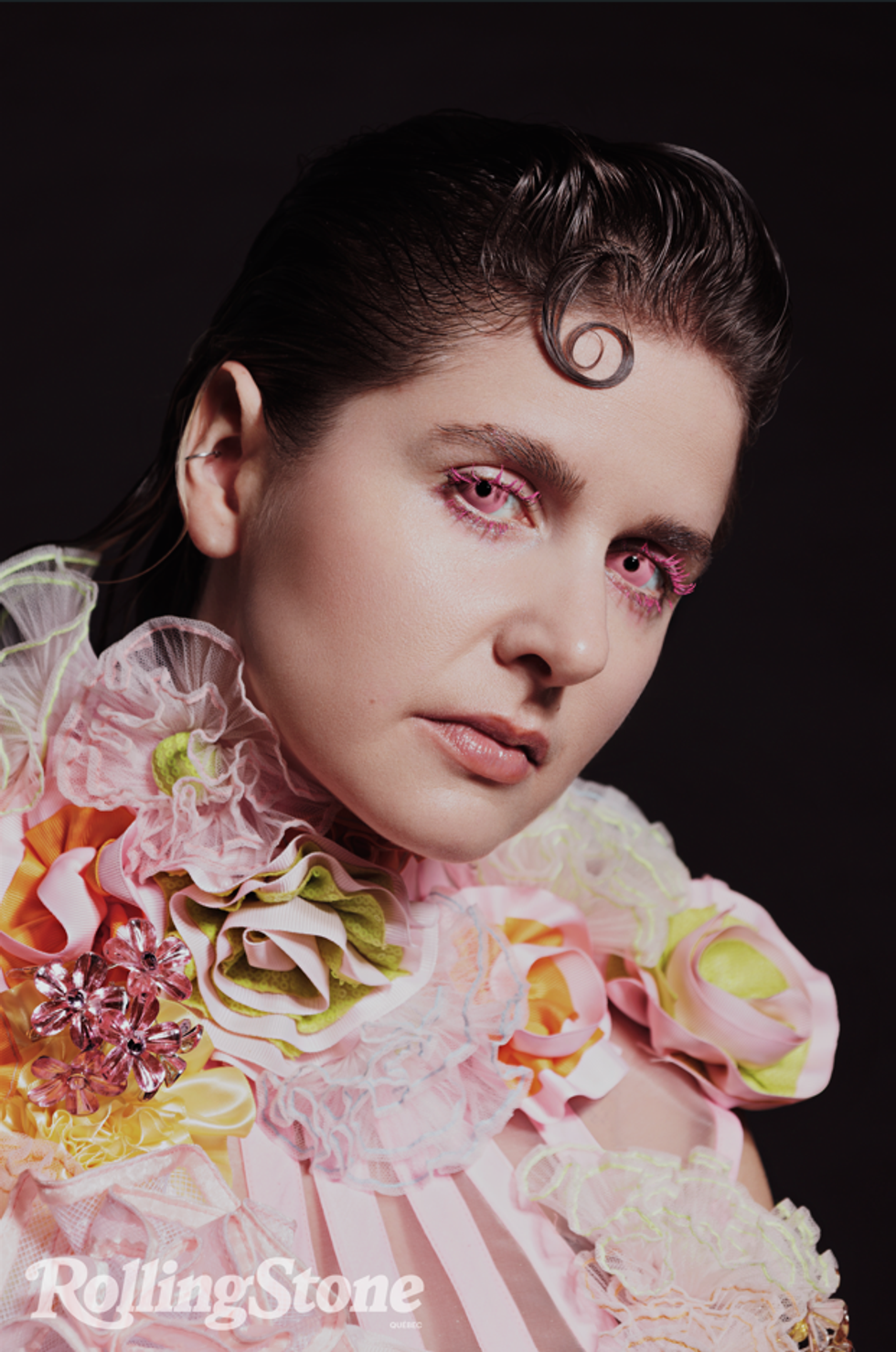 Photo: Raphaëlle Sohier
Photo: Raphaëlle Sohier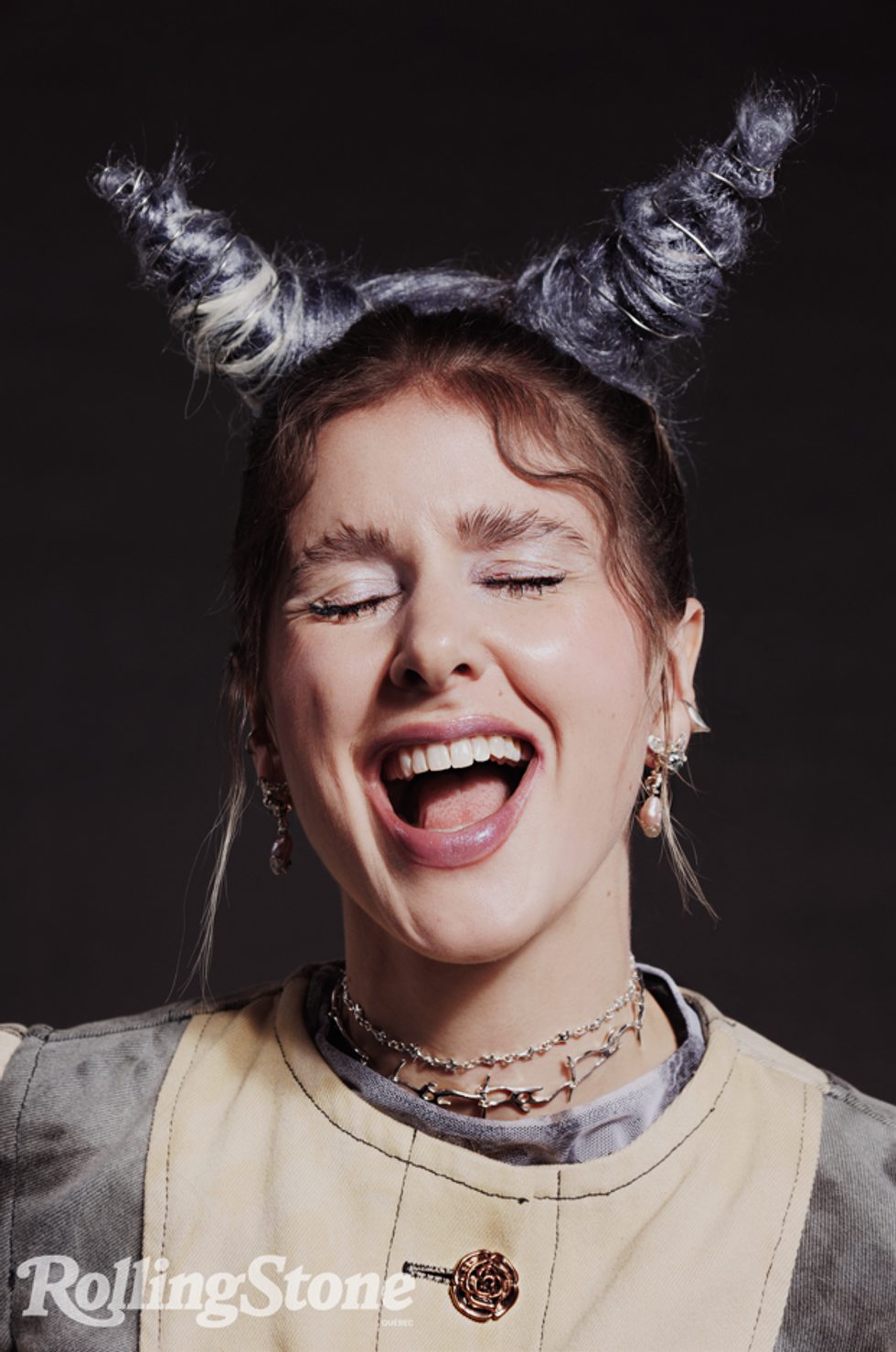 Photo: Raphaëlle Sohier/ Photo production: Bryan Egan/ Blazer:
Photo: Raphaëlle Sohier/ Photo production: Bryan Egan/ Blazer:  Photo: Raphaëlle Sohier/ Blazer: Vivienne Westwood/ Skirt :
Photo: Raphaëlle Sohier/ Blazer: Vivienne Westwood/ Skirt : 

